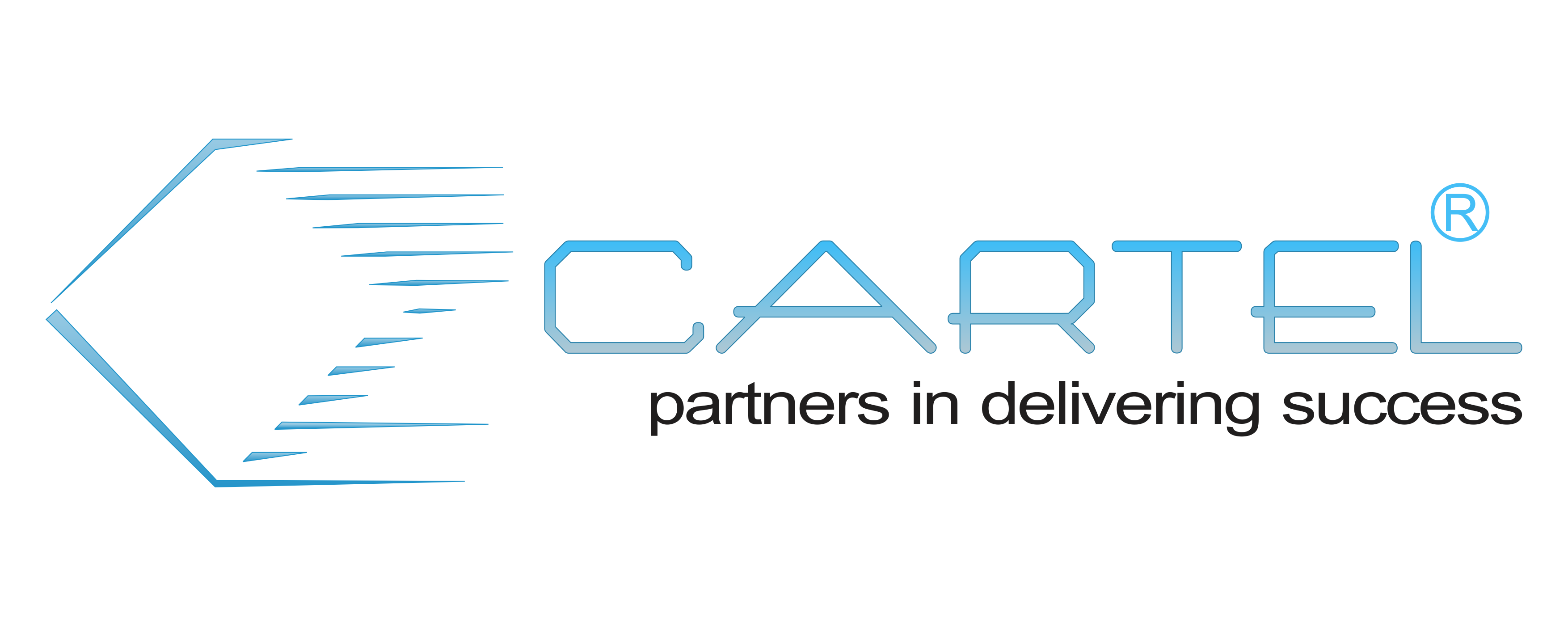vSphere: Design and Deploy Fast Track
Overview
– Understand and apply a framework to a design
– Analyze design choices and best-practice recommendations
– Design and deploy the core management infrastructure for an enterprise
– Design and deploy the virtual data center for an enterprise
– Design and deploy the compute infrastructure for an enterprise
– Design and deploy the storage and networking infrastructures for an enterprise
– Design and deploy virtual machines to run applications in a vSphere infrastructure
– Design and deploy security, management, and recoverability features for an enterprise
[/showhide]
Course Details
Course Introduction
– Introductions and course logistics
– Course objectives
Assessment
– Define customer business objectives
– Gather and analyze business and application requirements
– Document design requirements, constraints, assumptions, and risks
– Use a systematic method to evaluate and document design decisions
– Create a conceptual design
Core Management Infrastructure
– Determine the number of vCenter Server instances to include in a design
– Choose appropriate platforms for vCenter Server components and databases
– Design a vCenter Server deployment topology that is appropriate for the size and requirements of the data center
– Deploy core management components for the given vSphere design
Virtual Data Center Infrastructure
– Calculate total capacity requirements for a design
– Create a virtual data center cluster design that meets business and workload requirements
– Evaluate the use of various management services, such as VMware vSphere High Availability and VMware vSphere Distributed Resource Scheduler, in the virtual data center design
– Deploy virtual data center components for the given vSphere design
Compute Infrastructure
– Create a compute infrastructure design that includes the appropriate ESXi boot, installation, and configuration options
– Choose the ESXi host hardware for the compute infrastructure
– Deploy and configure ESXi hosts for the given vSphere design
– Perform a scripted installation of an ESXi host
Storage Infrastructure
– Calculate storage capacity requirements for a design
– Create a storage infrastructure design that includes the appropriate storage platform and storage management solutions
– Deploy components of the storage architecture for the given vSphere design
Network Infrastructure
– Create a network component design that includes virtual switch specifications, port group configuration settings, and physical network attributes
– Evaluate network management and monitoring design options
– Deploy components of the network architecture for the given vSphere design
Virtual Machine Infrastructure
– Create a virtual machine design that considers application requirements and maximizes performance
– Deploy virtual machines for the given vSphere design
Infrastructure Security
– Evaluate security options for ESXi hosts, vCenter Server, storage, networking, and virtual machines
– Create a security design based on VMware best practices
– Deploy security components for the given vSphere design 10 Infrastructure Management
– Evaluate management tools and solutions
– Create a design that includes the management of ESXi hosts, templates, virtual machine snapshots, and events
– Create a design for the VMware vSphere Update Manager architecture
– Deploy management components for the given vSphere design
Infrastructure Recoverability
– Evaluate ways to provide recoverability in a vSphere environment
– Create a design that includes the recoverability of ESXi hosts, vCenter Server, networks, and virtual machines
– Deploy components that enable the recoverability of the vSphere environment in the given vSphere design
Prerequisites
VMware vSphere: Install, Configure, Manage
VMware vSphere: Optimize and Scale
